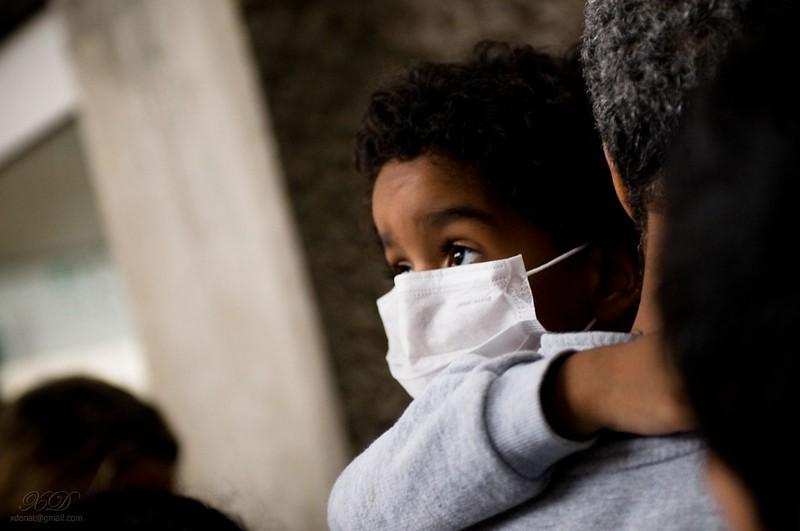Though flu is still rising in some Northern Hemisphere countries, the overall global trend declined as 2023 ended and into the first week of the new year, the World Health Organization (WHO) said in its latest update.

Activity increased in Europe and Central Asia, along with sharp rises in hospitalizations and intensive care unit admissions. Flu activity also rose in parts of North Africa, except in Egypt. Central America and the Caribbean also reported further rises in flu detections.
Illness activity remained elevated in North America, mainly due to the 2009 H1N1 strain. Though flu activity remained elevated in East Asia, activity showed an overall decline owing to decreased detections in China and South Korea. Hong Kong and Mongolia, however, reported increasing trends. Southeast Asia's flu activity is still elevated, mainly due to the H3N2 strain.
Flu activity declined on the Arabian Peninsula, as well as in South Asia.
Elsewhere, detections declined in South America's tropical regions, except for Colombia and French Guiana. Little flu activity was reported in South America's temperate countries, except for Chile.
Of respiratory samples that tested positive for flu at national flu labs during the reporting period, 84.2% were influenza A. And of subtyped influenza A viruses, 73% were H3N2.














